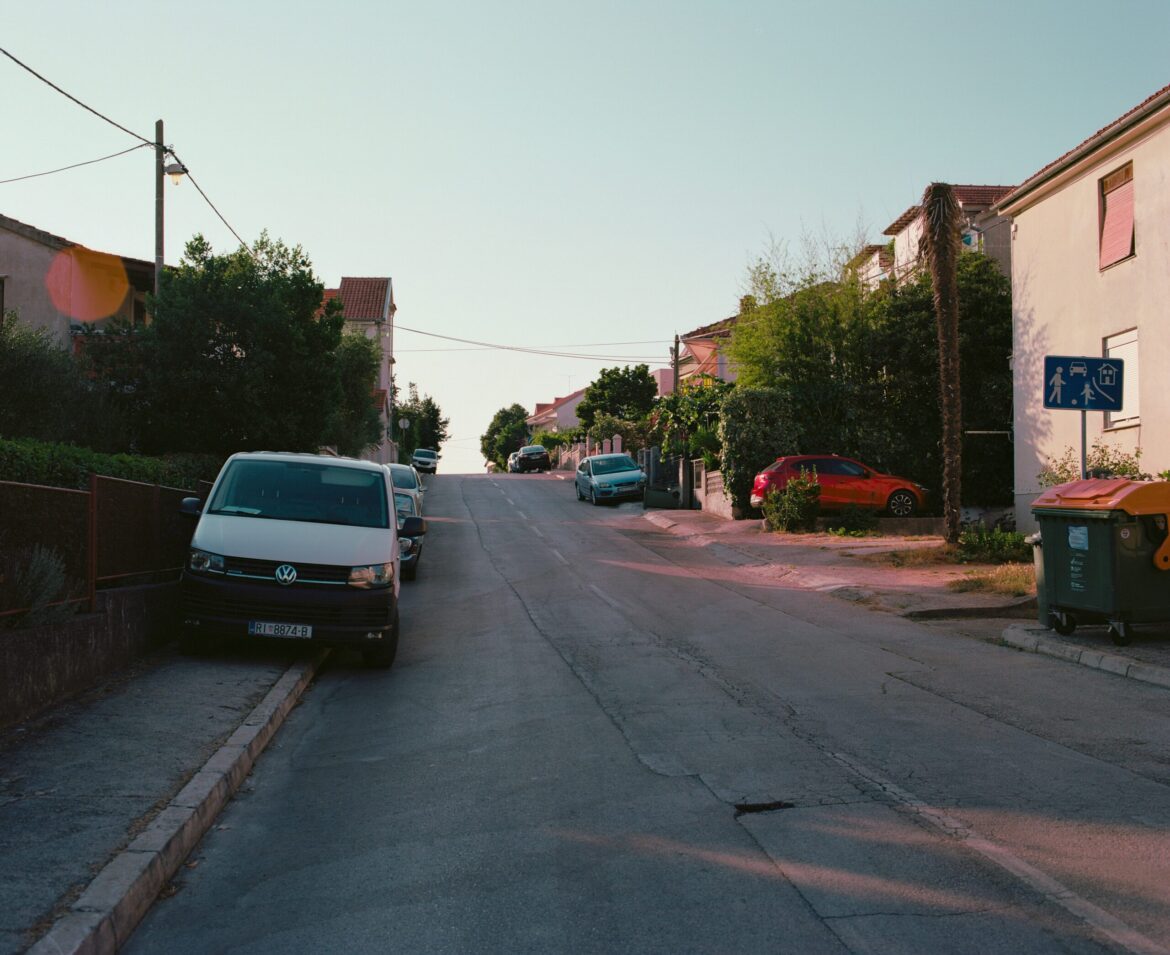A Shift in San Diego’s ADU Policy
In a surprising move, the San Diego City Council voted unanimously on January 30, 2025, to reevaluate a major incentive for accessory dwelling units (ADUs), signaling a significant policy shift away from the city’s previous pro-housing approach. The council plans to reconsider the existing rule that permits property owners to build ADUs without the requirement of adding additional parking spaces, even in neighborhoods with the largest lot sizes. This change is expected to address growing concerns from local residents about the potential impacts of ADUs on neighborhood character and infrastructure.
The ADU Incentive: A Double-Edged Sword
Accessory dwelling units, or ADUs, have long been promoted as a solution to the housing crisis in cities like San Diego, offering an efficient way to increase housing availability without requiring large-scale new developments. Under the current policy, property owners are encouraged to build ADUs by eliminating the need for extra parking, a move designed to simplify the approval process and encourage more construction.
However, the policy has raised concerns about its long-term impact on San Diego’s neighborhoods, particularly in areas where parking is already scarce, or where the existing infrastructure may struggle to support the additional units. As the popularity of ADUs has grown, so too have worries about how the influx of these units might affect the character and livability of residential communities.
A Response to Community Concerns
Councilmember Raul Campillo, who was instrumental in advocating for the reevaluation, explained that the decision reflects a growing awareness of residents’ concerns. “We need to balance the need for housing with the concerns of our residents,” said Campillo. He acknowledged the pressure to address the city’s housing shortage but emphasized the importance of maintaining the quality of life in San Diego’s neighborhoods.
Residents in areas with large lot sizes, in particular, have voiced frustration with the current policy, fearing that the construction of additional units could lead to overcrowding, reduce open space, and strain local resources. These concerns are especially prevalent in areas that already experience parking shortages or limited infrastructure.
The Potential Impact on Housing Affordability
While the policy shift has garnered support from some neighborhood groups, it has also sparked backlash from advocates of affordable housing. Critics argue that eliminating parking requirements for ADUs has been a key incentive for homeowners to create additional units, which are often rented out at more affordable rates than market-priced homes. Advocates worry that altering this policy could slow the construction of much-needed affordable housing, further exacerbating the city’s housing crisis.
Affordable housing advocates stress that ADUs have the potential to provide a relatively low-cost option for those looking for housing in San Diego’s expensive real estate market. Removing incentives for ADU construction could result in fewer units being built, especially in a city where the cost of housing continues to outpace the incomes of many residents.
A Delicate Balance: Housing Needs vs. Neighborhood Integrity
This policy reevaluation represents a difficult balancing act for San Diego city officials. On one hand, the need for more housing, particularly affordable units, is undeniable. On the other hand, the desire to preserve the character and infrastructure of existing neighborhoods is a significant concern. The city’s growing population and increasing demand for housing create pressure to find creative solutions, but these solutions must also be sensitive to the needs and concerns of current residents.
As the San Diego City Council revisits this policy, the debate surrounding ADUs and their role in the city’s housing strategy is likely to intensify. Whether the council ultimately rolls back the parking exemption for ADUs or finds an alternative solution will have important implications for the city’s ongoing efforts to address its housing shortage and maintain neighborhood integrity.
Moving Forward: A Policy in Flux
The council’s decision to reevaluate the ADU parking exemption is just the beginning of what could be a lengthy and contentious process. In the coming months, city officials will likely engage in further discussions and community outreach to determine the best course of action. How the council chooses to move forward will shape the future of San Diego’s housing policy and could serve as a model for other cities grappling with similar issues.
As San Diego navigates the complex intersection of housing development and neighborhood preservation, the city’s residents and leaders alike will need to continue working together to find solutions that address both the urgent need for housing and the long-term health of the community.

